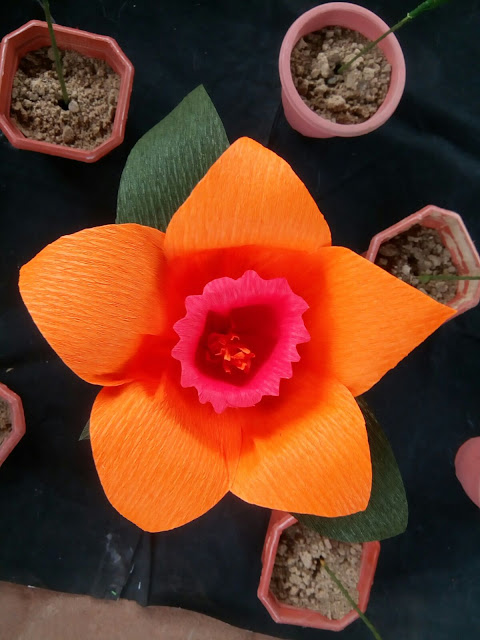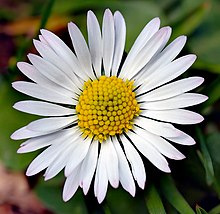Shabdangal (1947) [Voices] is a novel by Vaikom Muhammad Basheer which talks about war, orphanhood, hunger, disease and prostitution. The whole length of the novel is a dialogue between a soldier and a writer. The soldier approaches the writer and tells him the story of his life. The writer takes down notes and asks questions to the soldier, and gives answers of his own to the soldier's questions. The novel faced heavy criticism at the time of its publication for its violence and vulgarity.
Plot
An infant abandoned at a junction of four roads is adopted by a priest who finds it. The child grows up to be a soldier and participates in the Second World War. Most soldiers returned from the war carrying syphilis but this soldier did not get the disease. During peacetime, his courage earns him a means of livelihood. His curiosity about sex and another's treachery leads him to his first homosexual intercourse, in a state of intoxication. He gets the diseases gonorrhoea and syphilis and becomes a homeless wanderer. The insanity of the world infects him; the meaninglessness of his life and the pain of disease compel him to commit suicide. He does not succeed in his attempt at suicide. Overcome by a desire to confess, he walks into the house of a writer he respects and retells to him the story of his life.
The soldier in the story has never done anything but kill other people. The horror of what he had seen and done during the war haunts him. He cannot take a bath, as he is afraid of blood; to him, water is the blood of the earth. At war, he once killed a friend of his at the friend's request. Blood was flowing from every part of his body; all his skin was gone.
The soldier cannot adjust to life in peacetime. He is furious at "those dyed pieces of cloth": flags symbolizing people's groups with different opinions. He had never known a mother: the sight of breasts fills him with thirst. The first 'woman' of his life turns out to be a male prostitute dressed as a woman. "She.. it.. he" tells him how the street became his home.
The soldier then describes to the writer his encounter with a mother and child, the mother a prostitute. He recounts the circumstances under which the mother kicked him in the chest and later gave him money for food, thinking he was a beggar. He then tells the writer about the failure of his attempted suicide.
Technique
Reading Shabdangal is an aural experience; one can 'hear' the story happen. The title has been translated as 'voices', while the literary meaning of Shabdangal is 'sounds', not necessarily human or other 'voices'. At one point in the story, a blind old man's voice says, "What is there to see in this world? I can hear everything." For most of the time,the reader does not get to see what is happening, but only hears conversations between people or descriptions of sounds.
The soldier in the story narrates his tale; but the author of the book refrains from narration. Even the soldier's narration is minimal, in the form of a spontaneous conversation interrupted by the writer's questions; and at times, the soldier himself puts questions to the writer.
Shabdangal is set in post-World War II, post-15 August 1947 -India. It was published in 1947; there are only small hints as to the time and place setting of the story. The story can be imagined to be happening anywhere in the world at any point of time in history. The characters of the story are not identified by name or by any other affiliation like religion, place of birth etc. Voice becomes their identity.
Comparison with other works
Shabdangal stands apart from other major works of Basheer due to various reasons. Baalyakaalasakhi, Ntuppuuppakkoranaendaarnnu, Paaththummaayude aadu and a number of other works are stories of the Muslim community in which he was born, and the conversational language in these works is colloquial. Mathilukal and Shabdangal for the most part use "standard" literary language.















